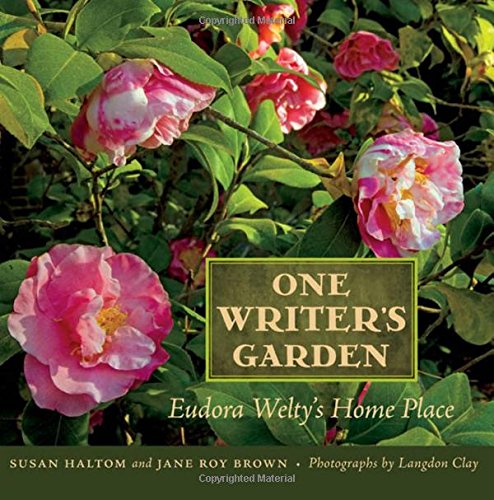

Most ebook files are in PDF format, so you can easily read them using various software such as Foxit Reader or directly on the Google Chrome browser.
Some ebook files are released by publishers in other formats such as .awz, .mobi, .epub, .fb2, etc. You may need to install specific software to read these formats on mobile/PC, such as Calibre.
Please read the tutorial at this link: https://ebookbell.com/faq
We offer FREE conversion to the popular formats you request; however, this may take some time. Therefore, right after payment, please email us, and we will try to provide the service as quickly as possible.
For some exceptional file formats or broken links (if any), please refrain from opening any disputes. Instead, email us first, and we will try to assist within a maximum of 6 hours.
EbookBell Team

0.0
0 reviewsBy the time she reached her late twenties, Eudora Welty (1909-2001) was launching a distinguished literary career. She was also becoming a capable gardener under the tutelage of her mother, Chestina Welty, who designed their modest garden in Jackson, Mississippi. From the beginning, Eudora wove images of southern flora and gardens into her writing, yet few outside her personal circle knew that the images were drawn directly from her passionate connection to and abiding knowledge of her own garden.
Near the end of her life, Welty still resided in her parents’ house, but the garden-and the friends who remembered it-had all but vanished. When a local garden designer offered to help bring it back, Welty began remembering the flowers that had grown in what she called “my mother’s garden.” By the time Eudora died, that gardener, Susan Haltom, was leading a historic restoration. When Welty’s private papers were released several years after her death, they confirmed that the writer had sought both inspiration and a creative outlet there. This book contains many previously unpublished writings, including literary passages and excerpts from Welty’s private correspondence about the garden.
The authors of One Writer’s Garden also draw connections between Welty’s gardening and her writing. They show how the garden echoed the prevailing style of Welty’s mother’s generation, which in turn mirrored wider trends in American life: Progressive-era optimism, a rising middle class, prosperity, new technology, women’s clubs, garden clubs, streetcar suburbs, civic beautification, conservation, plant introductions, and garden writing. The authors illustrate this garden’s history―and the broader story of how American gardens evolved in the early twentieth century-with images from contemporary garden literature, seed catalogs, and advertisements, as well as unique historic photographs. Noted landscape photographer Langdon Clay captures the restored garden through the seasons.